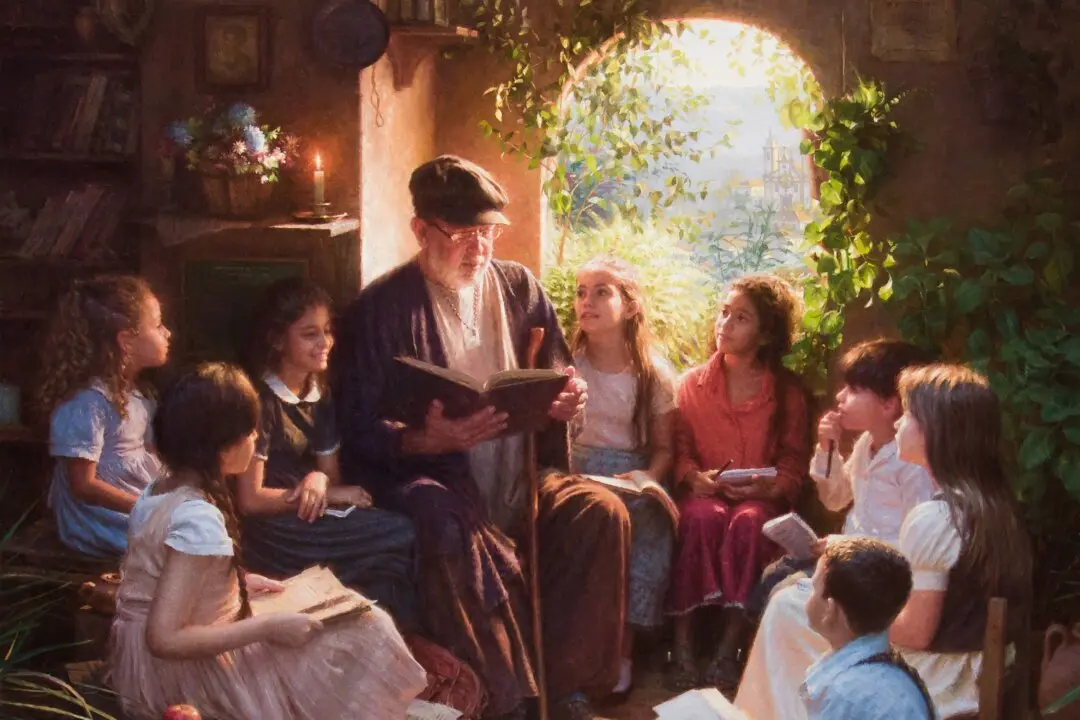Renowned American pewterers Danforth Pewter have been making metalware by hand for generations. Apart from a hundred-year break just after the Civil War, the Danforths have been bringing pewterware to American homes since colonial times.
Around 1634, widower Nicholas Danforth set sail from Framlingham in England with his six children in tow, to begin a new life in Boston. (Framlingham may sound familiar: Danforth’s Farms in Massachusetts, was owned by Thomas Danforth, and he renamed the farms Framingham, without the “L,” as an allusion to his birthplace. Danforth Farms can still be seen on the Framingham town seal.)





